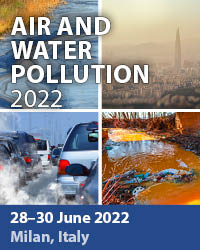Tres Rios Constructed Wetlands: Maximizing Beneficial Reuse While Balancing Demands Of Diverse Stakeholder Needs
Price
Free (open access)
Transaction
Volume
145
Pages
13
Page Range
723 - 735
Published
2011
Size
888 kb
Paper DOI
10.2495/WRM110651
Copyright
WIT Press
Author(s)
J. Brown, B. Start, D. Stanisic, M. Ternack, R. Wass & J. Coughenour
Abstract
The effluent flows from the 91st Avenue Wastewater Treatment Plant (WWTP) are a coveted and valuable water resource in the Phoenix area. The current effluent flows of 130-150 mgd are nearly fully allocated, providing cooling water to the Arizona Nuclear Power Project (ANPP) and supplying agricultural users in the Buckeye Irrigation District (BID). The Tres Rios flow regulating and overbank wetlands provide a second tier of reuse. Whilst conveying the effluent to downstream customers, the wetlands provide approximately 300 acres of rare and valuable wetland habitat. In addition, the wetlands will remove total residual chlorine naturally, and achieve advanced ammonia and total nitrogen removal. This paper provides a summary of the wetland design and discusses the challenges of operating a large scale constructed wetland. These include optimizing process control and vegetation maintenance to maintain habitat value and meet treatment objectives, balancing water requirements of the wetlands with downstream customers, controlling mosquitoes and other vectors, overcoming regulatory hurdles, and assessing the cost/benefits of the wetlands over mechanical treatment processes. Keywords: effluent reuse, constructed wetlands, riparian habitat, tamarisk infestation, mosquito control, dechlorination, constructed wetland start-up.
Keywords
effluent reuse, constructed wetlands, riparian habitat, tamarisk infestation, mosquito control, dechlorination, constructed wetland start-up





